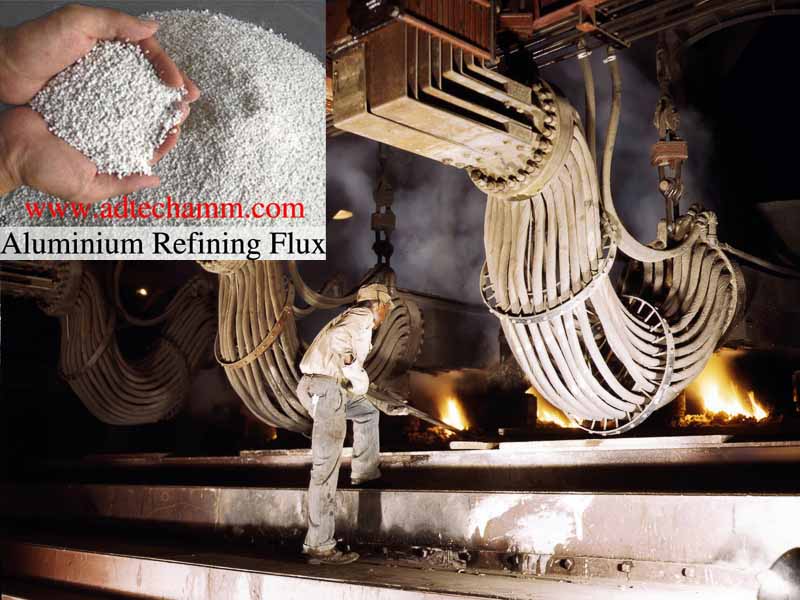
18 8月 Al Alloy Refine Agent
The main components of Al Alloy Refine Agent are chloride salts and fluoride salts and other compounds.
After proper heat treatment and sieving, the particle size is uniform, which is beneficial for the carrier gas (N 2 or under the action of Ar) in the refining tank to uniformly enter the lower layer of molten aluminum through physical and chemical changes.
The molten aluminum forms a large number of small bubbles, which fully contact with the molten aluminum to separate the liquid aluminum [H] and other harmful gases.
Al Alloy Refine Agent some substances, they will strongly absorb and melt the oxide and suspended matter in the melt, and stick to the bubbles.
As the bubbles rise, they are brought to the surface of the molten aluminum to achieve the purpose of refining and purifying, degassing and removing slag.
It is economical and can meet the production of high value-added, high-tech performance aviation, transportation and other aluminum alloy precision castings.
Through the physical and chemical changes of the aluminum melt, many small bubbles are formed, which are in complete contact with the aluminum melt, thereby separating hydrogen and other harmful gases.

At the same time, the adsorption and fusion compounds contained in the refining flux can strongly adsorb and fuse oxides and floats, and adhere to the bubbles, and bring them to the surface of the molten aluminum as the bubbles rise, thereby achieving degassing and slag removal. The purpose is purification.
AdTech’s refining additives are used for purification, which is both environmentally friendly and economical. It can meet the requirements of high value-added and high-tech performance aviation, transportation and other aluminum alloy precision casting production, such as computer hard drives, micron aluminum foil raw materials, PS printing skirting Wire, canned goods, fan blades of turbojet engines, etc.
The use of molten salts of chlorides and fluorides of alkali metals and alkaline earth metals is used to purify heavily polluted aluminum scrap.
The aluminum scrap preheated to 400°-500°C is fed into the molten salt melt, and heated to a temperature higher than the melting point of 50°-100°C, its density is lower than that of aluminum, and the molten mixture is here Keep the temperature in the melting or holding furnace for at least one hour,
Then, first pass the aluminum and salt melt through an open-pored ceramic filter that is resistant to both filtrates to separate the aluminum melt precipitated during the holding process from the solid salt melt, and then separate it from the solid impurities Separate.


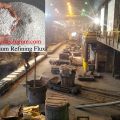
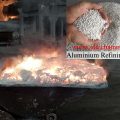
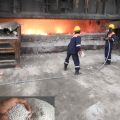
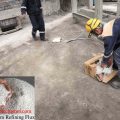
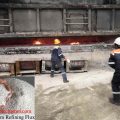
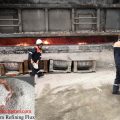
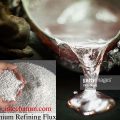
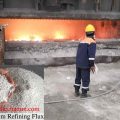
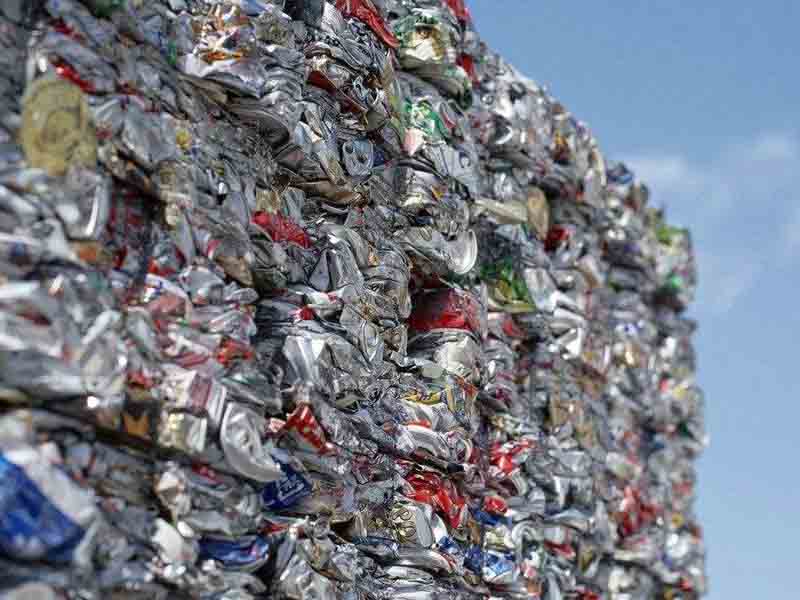
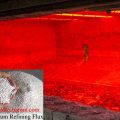
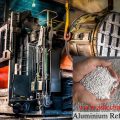
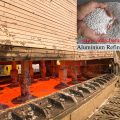
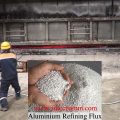
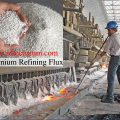
Sorry, the comment form is closed at this time.